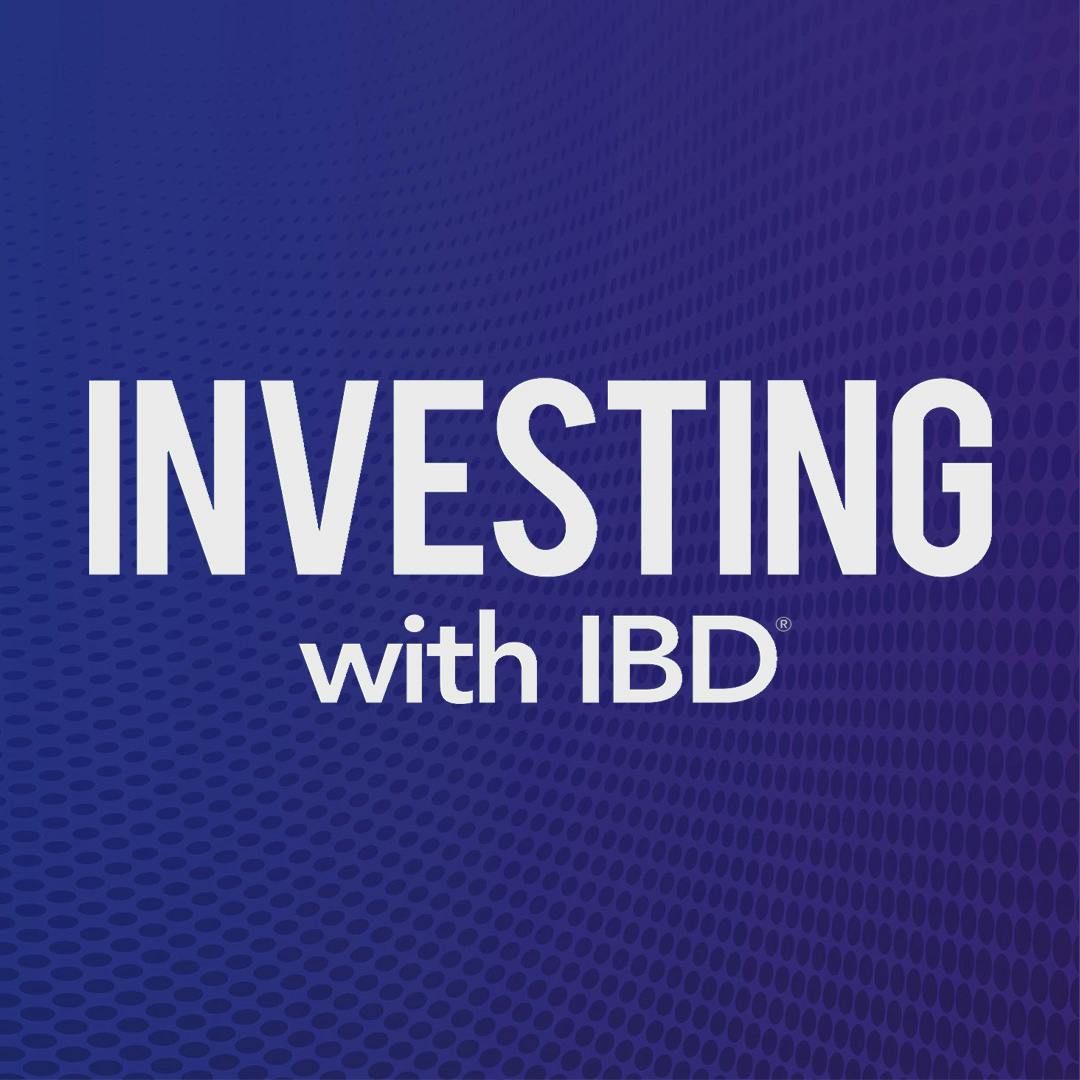We're sunsetting PodQuest on 2025-07-28. Thank you for your support!
Export Podcast Subscriptions
Ep. 319 Mark Minervini's Tactical Strategies For Adding Exposure At A Critical Market Juncture
2025/5/7

Investing With IBD
M
Mark Minervini
Mark Minervini: 我认为目前市场上的大部分担忧情绪已经被计入价格。我们已经从高点回落了大约20%。除非出现重大意外,否则我认为大部分关税问题已经被计入价格。现在,市场进一步下跌将取决于经济是否会陷入衰退,以及我们能否显著减缓经济下行压力,或者能否摆脱困境。坦白说,这里存在着相互矛盾的因素。一方面,经济正在略微走弱,但另一方面,特朗普的关税政策可能会导致通货膨胀,从而抵消这种影响。这又回到了我们经常谈到的“金发姑娘经济”的图表。我经常指出,要维持长期牛市,也就是长期牛市,需要在牛市中进行周期性调整,但要维持长期牛市,需要在温和到低水平的持续增长时期,也就是实际GDP增长时期。如果你查看各种不同的统计数据,我喜欢查看实际GDP,你会发现当实际GDP在一个狭窄的范围内波动不大时,市场就能维持长期牛市。我们还没有扰乱这种局面,它仍然处于不会扰乱或破坏长期牛市的范围内,尽管这当然是一个周期性调整,可能会被视为一个周期性熊市。
在1980年代之前,你会看到实际GDP的剧烈波动。长期高通胀时期,然后是经济衰退。你会发现市场发展缓慢。市场长期无法创出新高。这种环境不利于可持续的市场。但政府学会了如何平抑经济的繁荣-萧条周期,避免经济衰退带来的痛苦。当然,我们现在称之为量化宽松政策。如果经济开始放缓,这种情况还会再次发生。这个国家不喜欢痛苦,公民不喜欢痛苦,政客也不想再次为痛苦投票。关于这一点,我必须承认特朗普的功劳。他愿意采取短期措施来换取长期成果。坦白说,你可以不同意他的方法和展开方式,或者他采取的方式,但这当然需要通过多种方式来实现,而不仅仅是关税,我们需要采取一些短期痛苦来获得长期成果。再次强调,从长期来看,你可以说,牛市一直在持续,这种做法一直有效。德鲁克、米勒和许多比我更了解宏观经济的聪明人,都和我一样认为,总有一天,我们可能会为此付出代价。我们的后代,谁知道呢,也许我们最终会在某个时候陷入1920年的情况,因为我们已经过度杠杆化了。
Justin Nielsen: 好的,我想看看你指出的下一个图表。我认为这很有趣,因为我们非常关注美联储。当然,现在经济衰退的担忧越来越受到关注,因为正如你所说,美联储非常关注美联储。大家普遍预期的是,短期内可能会有一些痛苦,问题是我们是否会陷入衰退。所以你能快速解释一下这个图表吗?对于那些只听音频而没有看图表的人来说,我们有一条红线和一条蓝线。这是美联储开始降息后发生的情况的综合情况,无论是否出现经济衰退。
supporting_evidences
Mark Minervini: 'And quite frankly, you know, there's a there's cross currents here. You've got the economy weakening a bit, but then you've got the potential for the Trump tariffs to create inflation, which could offset that. And that just goes right back to when we have a chart for the Goldilocks economy. This is something that I point out quite a bit.'
Mark Minervini: 'And that's the type of environment that is not conducive to sustainable markets. But what happened is the government learned how to flatten the boom-bust cycle and it You know, of course, we know it as QE now. And that's going to happen again. I mean, if this economy starts slowing down, this country doesn't like pain. The citizens don't like pain and the politicians don't want to, you know, don't want to vote again for pain.'
Mark Minervini: 'Yeah. So very simply, if there's if there's a recession and then, of course, the Fed would lower rates to spark the economy and to to to create liquidity and that would improve the market improves from there. Usually the market will discount liquidity.'
Mark Minervini: 'So there's a lot of quick, it seemed like it got there quick. It got there very quick. And sometimes they're right for a while, you know, you'll get that sentiment shift and, and the sentiment shift will be correct. It's sort of almost like a trend follower in the beginning, but when it persists and it gets at extreme levels, um, you know, that's where, uh, going the other way, uh, makes sense.'
Mark Minervini: 'and we get the rates to come down, you could have a very explosive market to the upside. So I'm not saying that we can't go lower. We can't back and fill. This can't, maybe won't be a longer bear market, but certainly the stage is being set for the conditions that there is the potential for a very explosive upside, but some things have to change. And definitely, uh, the, the tariff situation needs to have some type of resolution.'
Mark Minervini: 'Probably the worst case scenario here, if we don't go into a recession, that's the big caveat. If we can avoid a recession and the Fed moves quickly, I think we're more in the kind of situation of a 1998 where maybe we go back, test the lows. It takes a little bit more time and then we're back in gear with the longer term secular order. bull market'
Deep Dive
Shownotes Transcript
It’s time to transition away from cash and dip your toes back in the water — but with the market still potentially in for a bumpy ride, Mark Minervini of Minervini Private Access discusses the tactical decisions he’s making with his portfolio. Learn why patience is a virtue and how to read the signs that indicate when to get more aggressively involved at the right time.
Learn more about your ad choices. Visit megaphone.fm/adchoices)